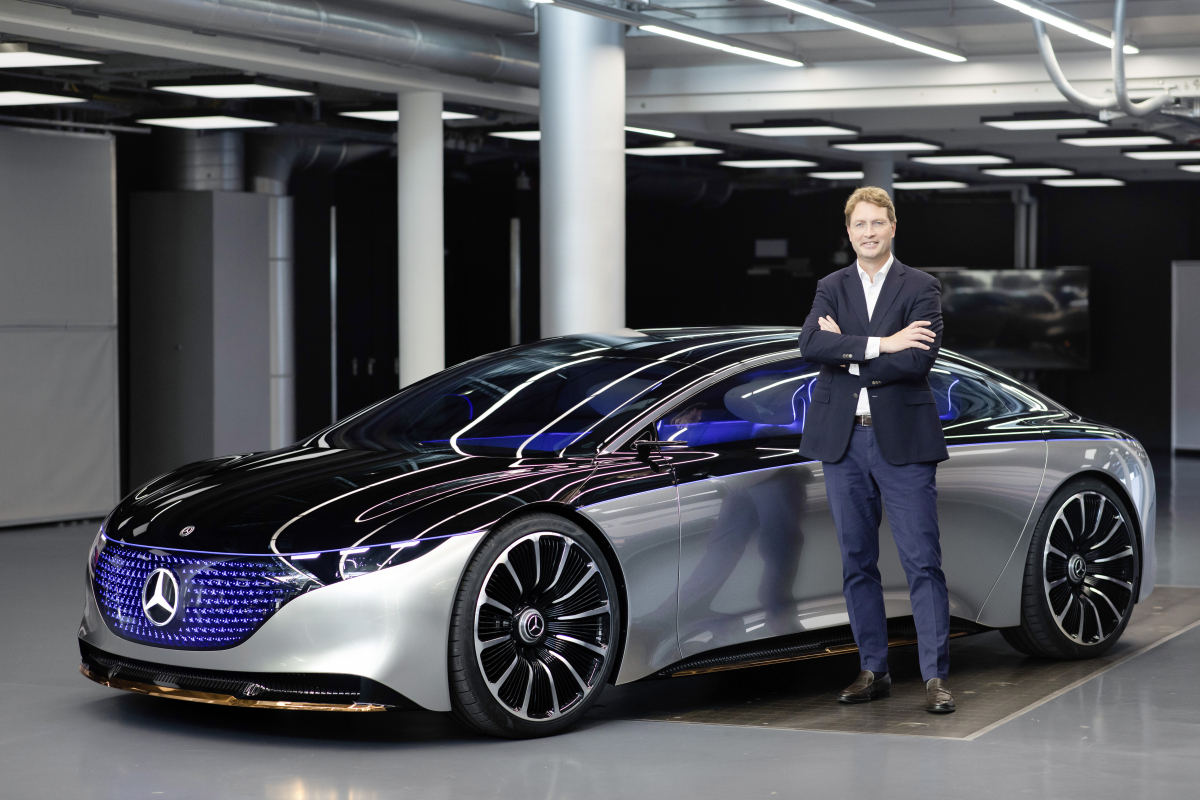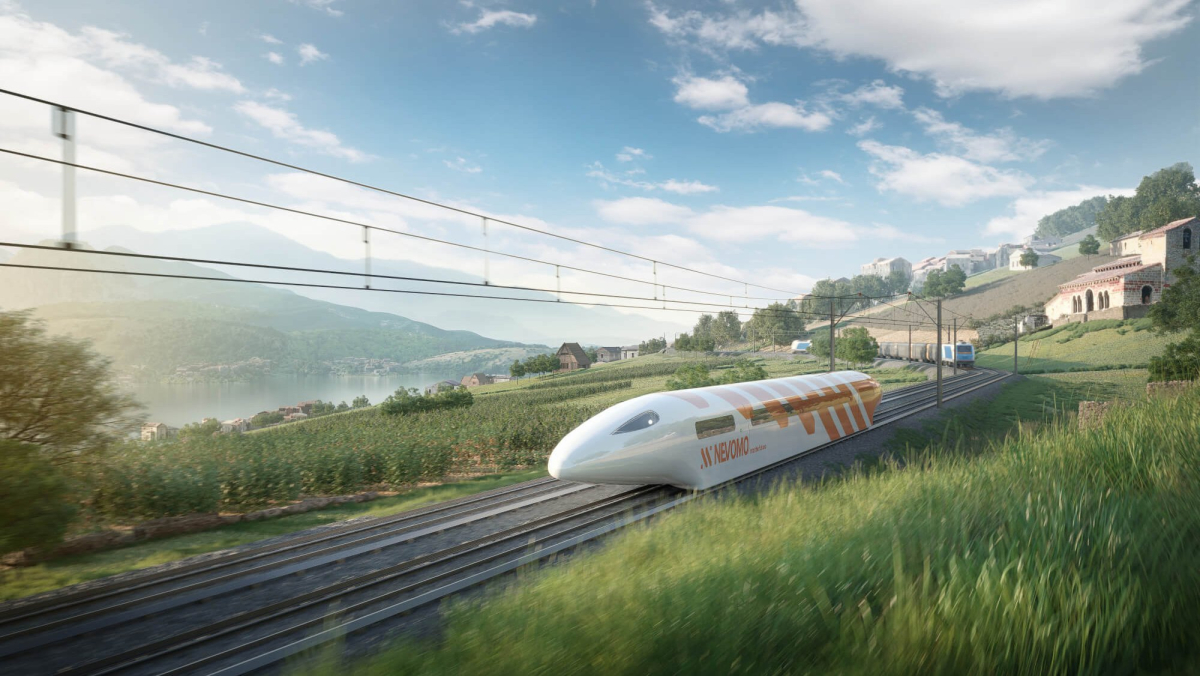Daimler boss confirms job cuts at Mercedes-Benz
Even if there will be new, highly qualified jobs, it must be honestly admitted that switching to the production of electric cars will cost jobs.
Daimler boss Ola Källenius is that World on sunday opposite became clear: “You also have to be honest with people. Assembling an internal combustion engine involves more work than building an electric axle. Even if we built the entire electric drive train ourselves, we will employ fewer people by the end of the decade. “
At the same time, he announced new and “top quality” jobs as part of the changeover. By this he is likely to mean software developers, battery experts and other specialists in matters of drive electrification, which the company has been trying to acquire for the company for a good year.
As early as November last year, Källenius had formulated in a Reuters format: “Our industrial footprint will change fundamentally in the course of the switch to the electric drive train.” Promise of luxury. In the future, this will be determined primarily by sustainability and efficiency and no longer by opulent design and excessive performance.
Källenius’ current statement leaves little room for interpretation, but is ultimately only logical. Because it is undisputed that the manufacture of an electric motor requires less industrial production and less manpower than the manufacture of a conventional internal combustion engine. While an internal combustion engine and gearbox are made up of at least 1,400 parts, an electric motor and batteries only consist of around 200 components.
It was only in July that Daimler set itself significantly more ambitious goals for the introduction of an e-portfolio and announced that it would soon be saying goodbye to the internal combustion engine for the regular Mercedes-Benz car brand. In future, the entire Mercedes business is to be geared towards electric driving under the motto “Electric-only”. Around 50 percent of new sales are expected to be fully electric or hybrid as early as 2025. That is a doubling of the previous planning.
The works council sees no alternative to battery-electric drives
The Daimler works council also sees no alternative to electromobility. “You can’t swim against the current when the whole world is pushing the battery-electric drive,” says employee representative Michael Brecht, but also admits that not everyone in the workforce sees it that way. “Some colleagues still believe that we can go on like this for a while.”
So far, neither the works council nor the company management has openly communicated how high the job loss will be. A recent study by the Boston Consulting Group recently foresaw at least one change in job description for around half of the around 1.7 million jobs in the automotive industry and related branches of industry. With around 500,000 positions there is a need for further training, according to the analysts. How it should look, however, in view of the huge changes in engine technology alone, remains unclear.
To date, well over 90 percent of all cars sold by Daimler are equipped with an internal combustion engine. In the first half of 2021, the share of fully electric vehicles in sales was just three percent. The proportion of hybrids was just above that. Due to the rapidly changing guidelines from politics, however, manufacturers assume that these figures will shift in the medium term and then very quickly in the direction of electric vehicles.



